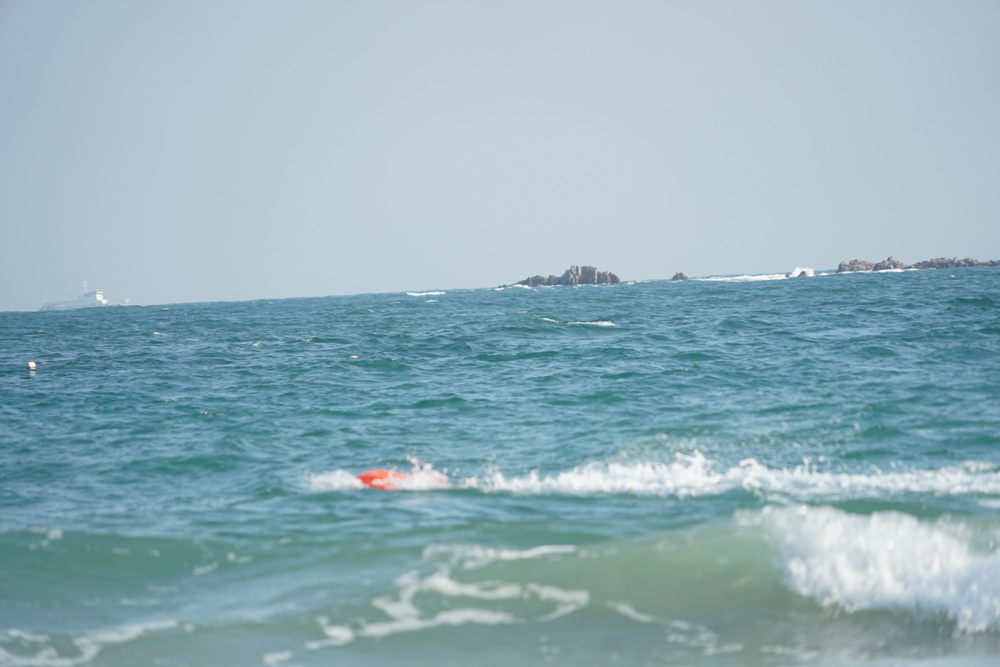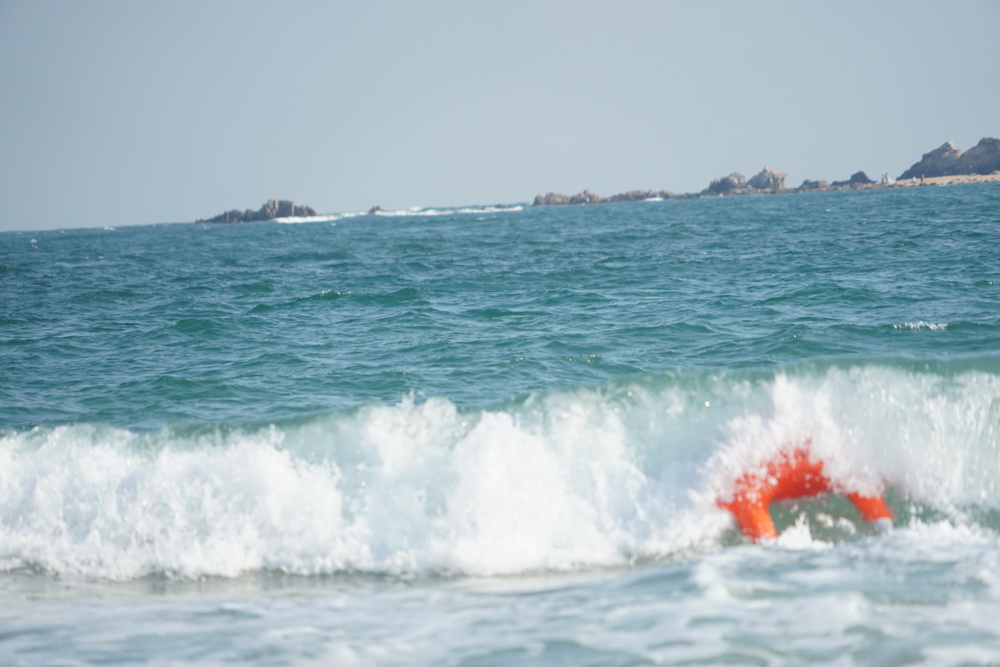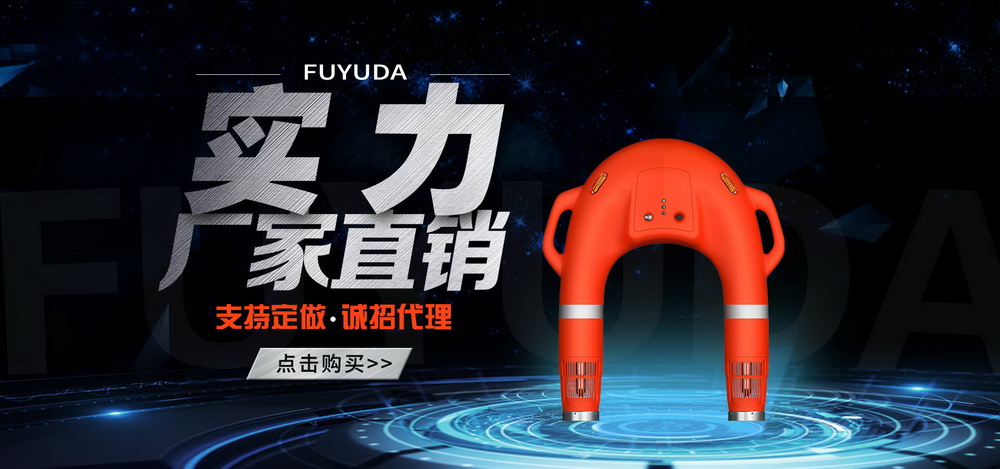With continuous technological advancements, traditional maritime search and rescue methods are undergoing unprecedented transformation. Among numerous innovative rescue devices, the Remote-Controlled Rescue Wing is reshaping modern maritime rescue models through its efficiency, safety, and intelligence. As a new type of water rescue equipment integrating remote control, buoyancy, propulsion, and smart recognition, the Remote-Controlled Rescue Wing not only enhances rescue efficiency but also significantly reduces risks for rescuers.
Remote-Controlled Rescue Wing: Breaking Through the Limitations of Traditional Rescue
Traditional maritime rescue primarily relies on lifeguards swimming to victims or using rescue boats to approach them. This method is not only time-consuming and labor-intensive but also poses a high risk of secondary injury to rescuers in harsh sea conditions. The emergence of the Remote-Controlled Rescue Wing has fundamentally changed this situation. It can quickly reach drowning victims via remote control, providing stable buoyancy support and buying crucial time for follow-up professional rescue operations. Its lightweight design and flexible maneuverability allow it to navigate complex water environments with ease, significantly improving response speed and rescue success rates.
Remote-Controlled Rescue Wing: Integration of Intelligence and Multi-Functionality
Modern Remote-Controlled Rescue Wings are equipped not only with basic remote-controlled propulsion but also integrate intelligent systems such as GPS positioning, real-time video transmission, automatic return-to-home, and anti-capsize design. Some high-end models even feature AI recognition technology capable of automatically detecting abnormal movements on the water surface and issuing alerts. This integration enables the Remote-Controlled Rescue Wing to be used not only in emergency drowning rescues but also widely in daily water patrols, scenic area safety monitoring, and emergency drills, becoming a key component of intelligent water management systems.
Remote-Controlled Rescue Wing: Driving the Modernization of Rescue Systems
An increasing number of coastal cities, water parks, and maritime agencies are adopting the Remote-Controlled Rescue Wing as standard rescue equipment. Its widespread adoption not only improves public safety but also drives the transformation of rescue systems toward greater technological and intelligent development. In the future, with further integration of 5G communication, the Internet of Things (IoT), and artificial intelligence, the Remote-Controlled Rescue Wing is expected to achieve advanced applications such as swarm coordination and remote expert guidance, truly realizing the vision of "technology safeguarding lives."
It is foreseeable that the Remote-Controlled Rescue Wing is becoming a vital force in maritime search and rescue. It represents not just an equipment upgrade, but a comprehensive evolution in rescue philosophy. At the intersection of technology and life, the Remote-Controlled Rescue Wing is writing a new chapter in water rescue—safer, more efficient, and smarter than ever before.

 .
.






















 Current Position:
Current Position:












